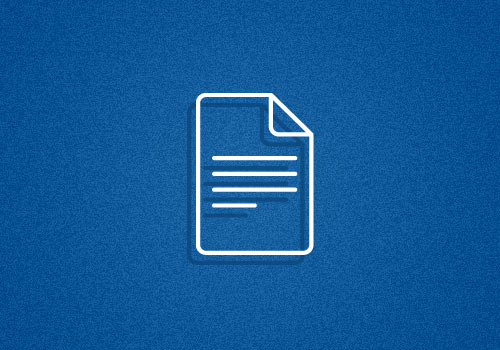Consider this: there are currently 82.2 million smartphone users in the U.S. And 48 percent of those users check their smartphones more than 10 times per day. With so many people glued to their phones, there is a strong opportunity for utility companies to capitalize and use these devices to foster strong customer relationships.
In the past, consumers would reach out to a call center when they were dissatisfied with a service. But things have changed; consumers are canvassing company blogs to leave comments, making their voices heard on social media and engaging in live chat features with call agents. Accordingly, companies are tasked with developing a proactive, multi-channel approach to ensure top-notch customer service at every level of the customer journey (link to: The Importance of Mapping the Customer Journey). Aside from mobile technology, here are the top three most effective multi-channel marketing strategies that companies can use to maintain stellar relationships with customers, as they rank in terms of effectiveness:
Email Marketing Email marketing gives utility companies the ability to track emails. Companies will be able to tell exactly who opens an email, who marks it as spam and who forwards it along. By and large, it grants the most control out of any marketing vehicle. And research shows that 82 percent of consumers open emails that are sent from companies. By sending out alerts or notifications about outages and service, utility companies can reach large numbers of people very quickly.
SMS SMS, or short messaging services, is crucial as messages can be sent in text form across phones, tablets, laptops and now televisions. Research shows that 45 percent of SMS messages receive a positive response. Moreover, while email has a five percent read rate in the first 15 minutes, SMS stands at 97 percent. If the goal is to engage with utility customers directly, than SMS is an integral solution that all utility companies should leverage.
Social Media The road to your website today, and ultimately your business, often starts with social media. These online networks build interactions between consumers and get people talking about your business outside of your website. By having extensive social media platforms, utility companies can engage with their customers in real-time, providing up-to-the-minute information about service and restoration services and quelling customer concerns in the process.
Why customer interaction is essential for your business Aside from building a strong customer-centric culture, mobile technology is crucial when it comes to reaching consumers during times of disaster. The value of communication is most notably seen during emergencies. If the power is down, customers still need to get in touch for important updates. Without the ability to dial in from a landline, this is especially difficult. Through text messages and mobile alerts via smart applications, consumer interaction is facilitated during difficult times and customers appreciate not being kept in the dark on updates.
For utility companies, the benefits of customer engagement across these channels are twofold: customer outreach becomes less complaint-driven and more of an “ongoing conversation” where relationships are significantly strengthened.



